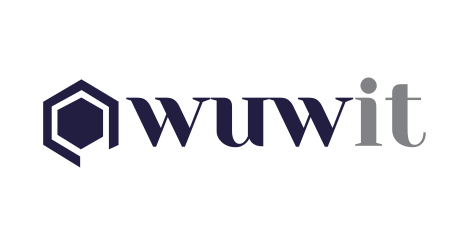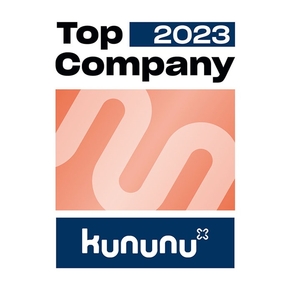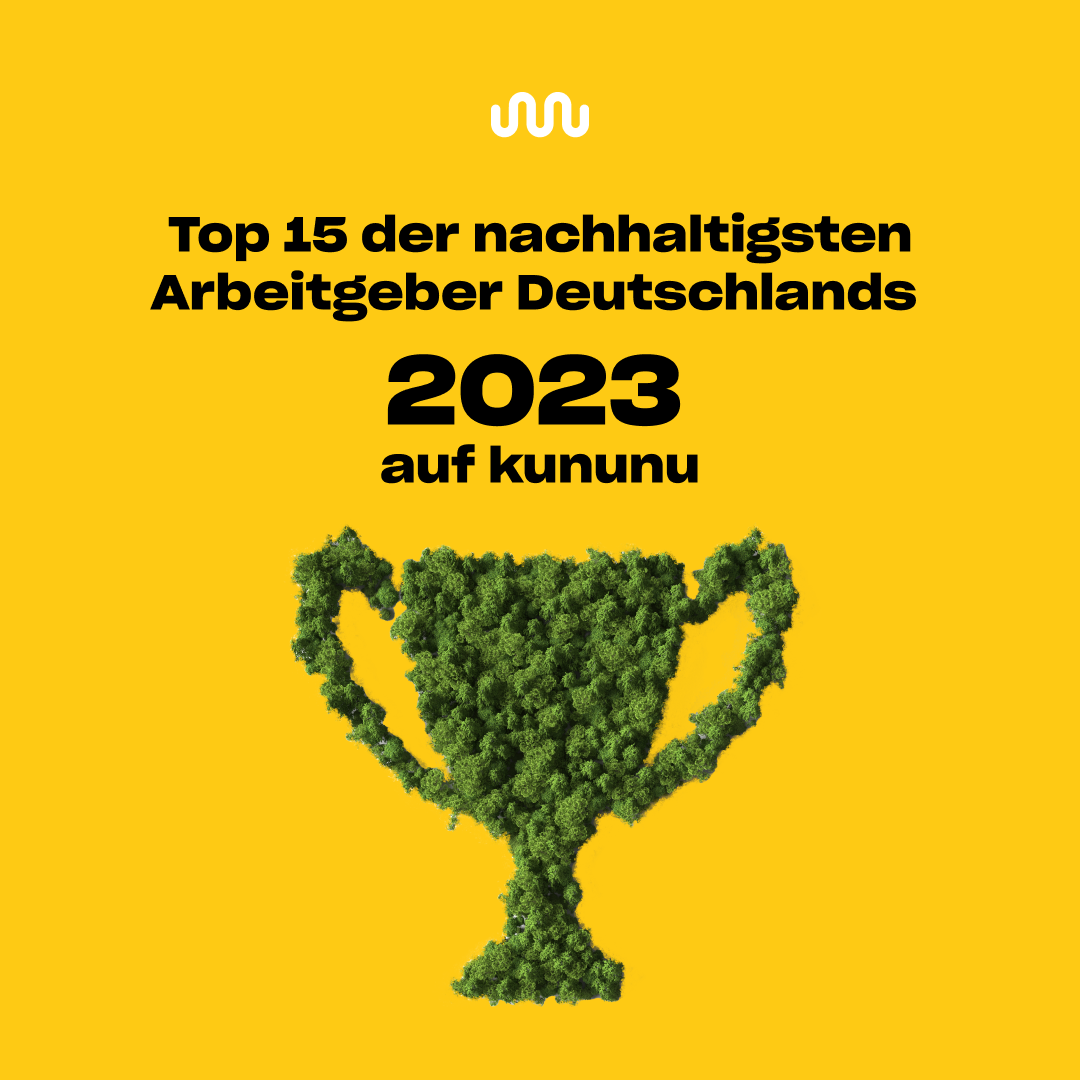Project Management
Project Management
Regardless of whether you are a veteran or a rookie: Only with the necessary expertise, practical knowledge in project management, team leadership, structure and willingness to change, you will succeed in your day-to-day project work.

Our offer
Project management strategies are like sand on the beach, and not all of them are suitable for every project. Not to mention the shift in practices that has been ongoing for quite a while. In the age of digitization and Industry 4.0, projects are becoming faster and more volatile. But classic methods are not simply replaced by agile ones.
WuWIT is so broadly positioned that we can practice traditional project management techniques extensively and support them with appropriate certificates in PMI or Prince2.
Agile project management as a newer movement or worldview also has its permanent place in our team. Every employee involved is certified as a Product Owner, Scrum Master and SaFe Expert. The various methodologies such as Scrum, Kanban, Extreme Programming or Feature Driven Development are implemented both internally and externally.
In addition, there are many other methodologies, of which we would like to mention at least three heavyweights:
- Design Thinking
- Lean Project Management
- Six Sigma
Would you like to know more details? Please use our various contact options.


WuWIT Team


WuWIT Team
Our consulting field
Classic project management is characterized by three models: Stage-Gate-Model, Waterfall-Model and the V-Model with the agency-specific adaptation V-Model XT Bund. WuWIT is familiar with all of these models and the team has already used them several times.
The biggest advantages of these models are the high degree of structure, high planning reliability and control over the progress of the project.
The disadvantages are the lack of flexibility, lack of iterations and high effort/cost.
Agile methods are flexible and versatile, and the basic principle underlying all of them is the interactive approach. In each interaction, at least one deliverable product increment is to be completed. The cycles are very short compared to the classic method and thus allow flexible adjustments when requirements change. Scrum and Kanban are two of the most important agile methods in the agile world. If you look at the CHAOS report of the Standish Group, the classic project management models come off very poorly compared to the agile methods. The success rate of agile projects is much higher and accordingly the failure rate of the classic models is worse. Some studies see agility as a competitive advantage because the more agile a company is, the better the financial key figures.
Hybrid project management combines classic and agile methodologies along with other management systems. However, hybrid operations depend not only on the roles used, but also on the working time models. Often a strict separation is not at all useful, but the combination of different methodologies can be more promising. The method therefore tries to combine the best of both worlds, because it is often due to a lack of follow-through in the organization and the management that they do not align themselves in an agile way.
Who we are
The WuWIT Project Management was the 1st subdivision to be set up in WuWIT GmbH when it was founded and has established itself in a wide variety of industries with the skills and experience of the team. The most diverse roles are practiced in the different fields and therefore characterize us with versatility and flexibility.
We are program managers, project managers, project leaders, test managers, transition managers, change managers, release managers, crisis managers, contract managers, quality managers, testers, product owners, scrum masters and several other types of professionals. We are fully trained experts with a wide range of skills at the different methods, we are always ready for change and thus we exhilarate our customers.
Experience Report


Rafael Wehrspann
SENIOR PROJECT MANAGER
“One cannot look into the future, but one can lay the foundation for something future – because the future can be built”
Antoine de Saint-Exupéry




